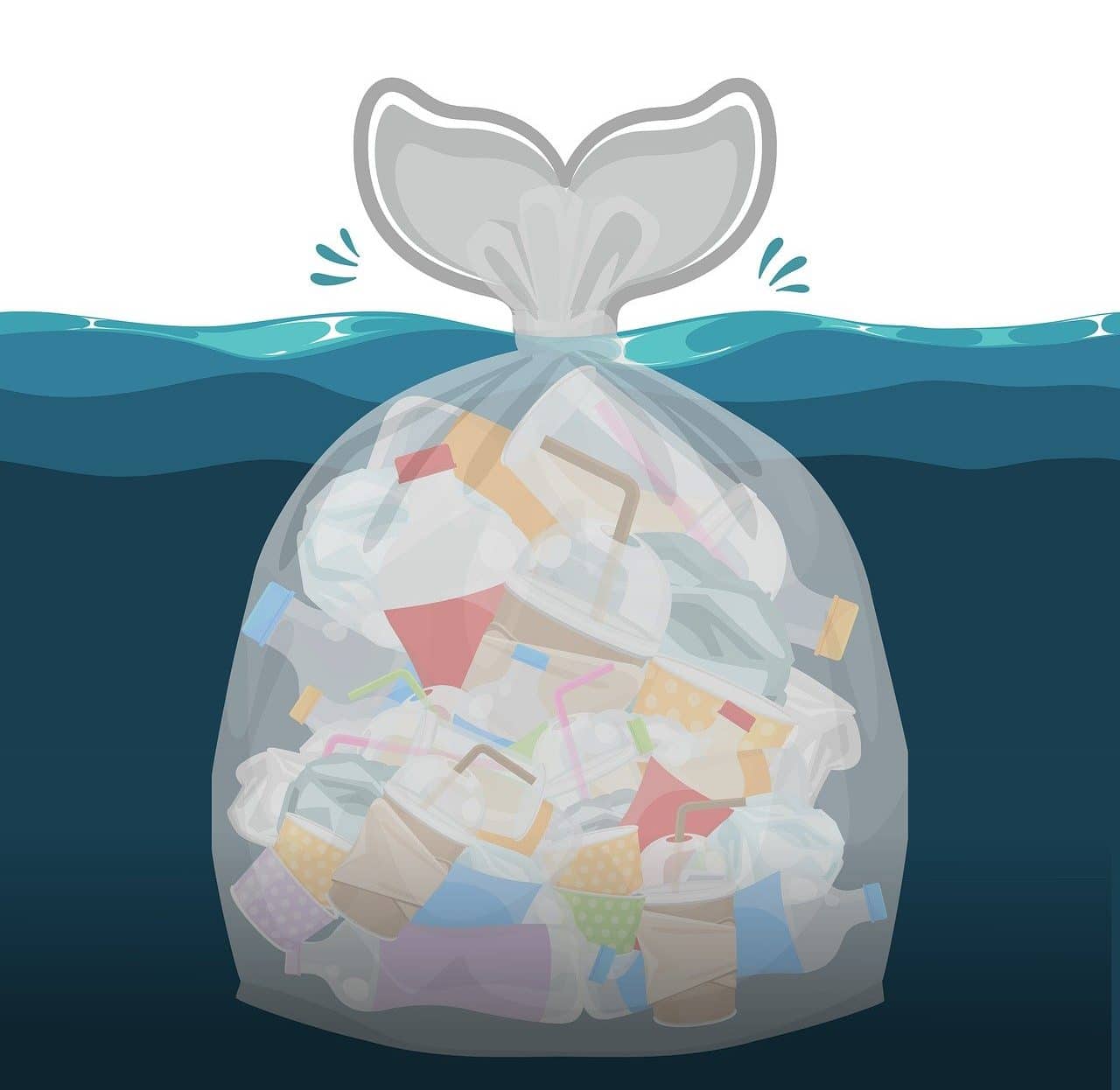
Responsible consumption and ecological awareness are necessary to rid the planet of polluting materials such as, among others, microplastics.
Microplastic is the word that identifies each tiny piece of plastic that is distributed on the planet causing an enormous level of pollution . Scientists from the North American organization National Oceanic and Atmospheric Administration (NOAA) indicate that this type of material arises from the constant fragmentation of plastics and measures no more than five millimeters but causes considerable damage to the environment by accumulating, for example, in the ocean
Researchers have long studied the characteristics, locations and derivations of microplastics , toxic elements that are present even in the air and, therefore, have a great impact on human health and that of other living beings. Although there is no consensus regarding how serious the global panorama is as a result of so much microplastic existing in the soil, the atmosphere and within the organism of various species, there has been warning about the need to stop its proliferation due to its harmful effects.
Microplastic everywhere
Nowadays, unfortunately, microplastic is everywhere . Scientific research reports have reported the detection of small plastic particles within the human bloodstream and being part of the composition of breast milk. Likewise, this type of element has even been found in the brains of different mammals, in human lungs, in feces and in placentas, for example.
The microplastic that reaches the interior of organisms, as a result of contact through the skin, ingestion or an inhalation process, is capable of passing through cell membranes and depositing in multiple parts of the body.
According to the results of tests carried out in laboratories, the death and deterioration of cells, along with allergic reactions, appear among the consequences that someone can suffer from these contaminants .
All living beings are harmed by excess garbage and environmental imbalances that, in many cases, are triggered by human actions. There are already traces of microplastics in mollusks, fish and humans, as well as in table salt, bottled water and even beer. The prognosis is not encouraging: if efficient public policies on waste management are not urgently implemented, environmental legislation is not strengthened, and environmental education is not invested, by the year 2040 around eighty million metric tons could be transported through the atmosphere. annual microplastic particles .

Bottles and other plastic items often reach the sea and remain on the shore as evidence of how this material contaminates the water and sand on the beach.
Categories and origins
Microplastics are distributed in various categories and have multiple origins . Being informed about this helps to identify sources and, from there, know in which direction to work or make an effort to reduce them as much as possible.
Among the existing varieties are primary microplastics (those that are specifically made to be used in, for example, cosmetic products ) and secondary microplastics (arising from the decomposition , fragmentation , of large pieces of plastic ).
Tire wear , cigarette filters , microbeads or microspheres that certain companies have incorporated into hygiene or personal care products, and the synthetic fibers present in the textile sector are some of those responsible for the arrival of microplastics in every corner of the planet. putting each ecosystem in check.
Measures, strategies and ideas to confront the problem of microplastics
There is still much to do for the Earth and respect for all forms of life, but the multiplication of measures, strategies and ideas to confront the problem of microplastics is a good starting point, a necessary and hopeful beginning.
Both water pollution and soil and air pollution lead to loss of biodiversity , ruin landscapes, and make this planet become less and less pleasant and more catastrophic.

Many species, unfortunately, consume plastic because they confuse it with food.
May individual and collective environmental activism be awakened to organize, for example, a beach cleanup ; that the scope of awareness campaigns be expanded in order to achieve, even if little by little, a change of mentality in society that translates into respectful behavior with the natural environment; That the circular economy model increasingly expands and that everything from research to the implementation of alternative products to plastic is stimulated adds up in favor of the environment .
What can be done on a daily basis to fight microplastics and not participate in their multiplication? Adopt the habit of recycling , try to minimize the level of waste generated at home as much as possible and do without single-use plastics , to list some possibilities. It is essential, simultaneously, to get used to carrying a cloth bag when going shopping so as not to have to use plastic bags and, when hydrating or feeding, to opt for alternative containers to plastic containers (these are not recommended). plastic bottles, nor are plastic plates and cups advisable).
